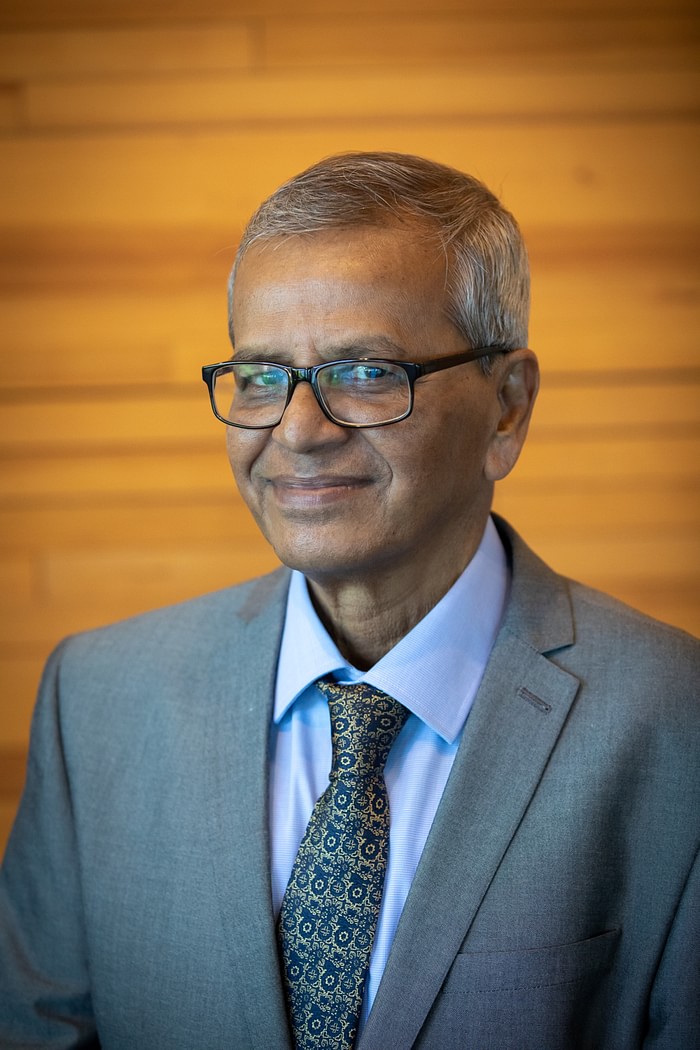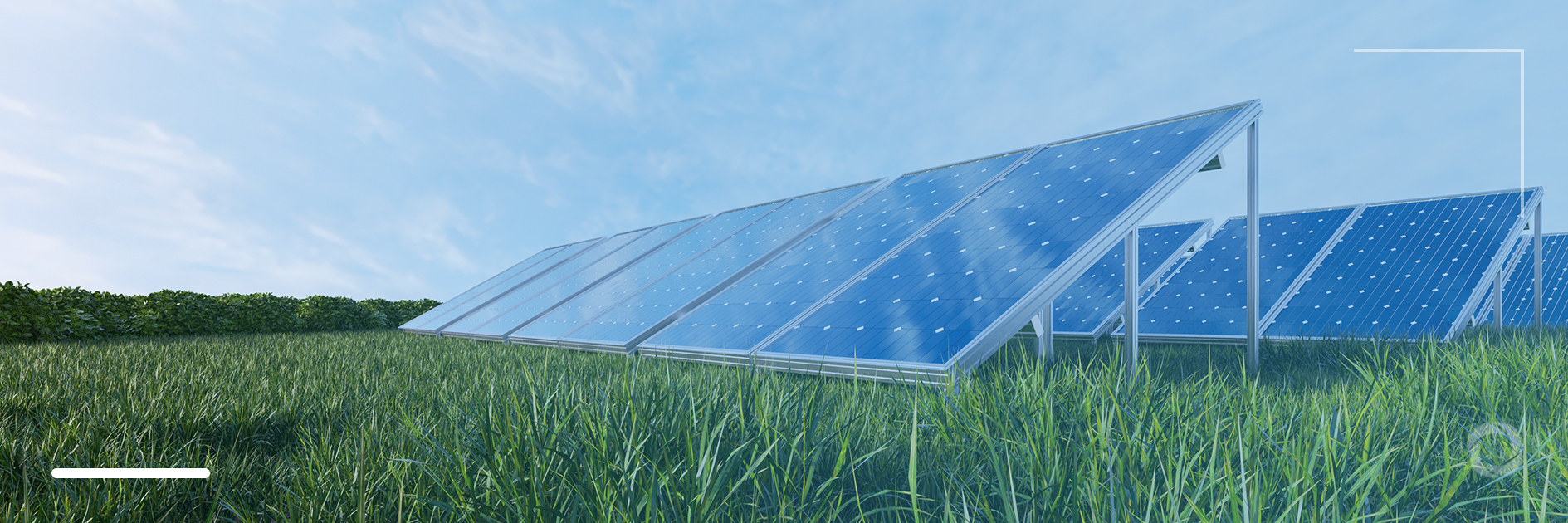When solar energy began to be developed in laboratories, Dr. S. P. Gon Chaudhuri, currently known in India as “Solar Man”, had already installed the first solar panels in poor villages. He did so strongly believing in their usefulness and absolute necessity and disregarded any doubts, including those of high-ranking officials. This meant that not only electricity could be provided to poor people (some had not had this at all before the 1980s and even into the 1990s) but also access to clean drinking water and proper sanitation, better education, improved economic activity, and, above all, little to no pollution as opposed to that caused by fossil fuel-based energy.
Who is Dr. Chaudhuri?

An electrical engineer from India’s Jadavpur University, Santi Pada Gon Chaudhuri received a PhD in Science from the University of Calcutta, becoming a renowned expert in renewable energy.
With over 40 years of experience, Dr. Chaudhuri is an indisputable pioneer of solar energy in India. He has completed numerous solar energy projects in the country and abroad and is also the author and implementer of India’s first megawatt-scale-grid-connected solar power plant and the first floating solar power plant.
His work has brought him worldwide recognition which manifested itself in a number of awards among which are the National Science Academy Award, a Green Oscar from the UK, and the Euro Solar Award from Germany for his outstanding contribution to providing access to energy for millions of people.
Energy for the poor – no longer a dream
Back in 1983, Chaudhuri installed the first solar panels in 70 homes in the village of Tripura located on tough, hilly land. To be more exact, these were rudimentary devices made with a cutter and an adhesive with an upper and lower dome fixed onto the roofs of the slums. However, little did this matter as long as people living there had electricity for the first time in their lives thanks to this bold invention. As he recalled, back then “some used kerosene lamps, but even kerosene was not always easy to get.”
The next solar project was carried out in Herma which became the first tribal village in India to gain access to solar power. Thanks to his efforts, over 100 homes and businesses there received electricity which radically improved people’s lives.
“Life in the village would come to a complete standstill after sunset. But with light in our homes now, our children are studying until night. Shops and business establishments remain open in the evening. We can work more. All this is generating more income for us,” Sumoti Riyang, one of Herma’s inhabitants, told Reuters.
By 1989, Chaudhuri had installed solar technology in 40 villages. In 1993 he set up the first centralized solar power station equipped with a distribution network in Sagar Island in the Sundarbans, known for being home to the world’s largest mangrove forest. Thanks to this project, 100 households gained access to power lines.
Years later, Chaudhuri would say: “A village where life would come to a standstill by 5 in the evening, everyday, would now have children studying up till midnight. With electricity, literacy rates improved, cases of snake bites reduced, people could enjoy TV, economic activities got enhanced, shops remained open till 10 pm and people got drinking water. Sagar Island became the solar island.”
In 1994, Gon Chaudhuri brought electricity to households in the Kamalpur Village in the Sagar islands by introducing a solar lighting system through the mini-grid concept. He set up a solar power plant in the village and constructed a local grid to help people have access to electricity for a limited time.
This time Chaudhuri’s project was recognized as a real breakthrough. By 2000, over 400,000 people living in villages in the Soundarbans national park area were connected to solar power through mini-grids and domestic solar power systems. Back then, this made it the area with the highest global consumption of solar power per capita.
Other more ambitious projects followed. In 2009 he constructed the first grid-connected solar plant with 2 MW installed capacity in Jamuria village in West Bengal which supplied energy to 5,000 families. Then, in 2014, he came up with the idea of the first experimental floating solar power plant which he installed on a lake in Kolkata’s New Town. The project paved the way for other hydro solar power plans as India then began to pursue such constructions on a regular basis and has continued to do so.
In his own words
“Who doesn’t know for a fact that the world’s main source of energy – fossil fuels – burn to generate a host of pollutants, that are primarily responsible for unleashing the monster of global warming that is baring its poisonous fangs. How long can mankind let this happen? Generate toxic fumes that are quietly engulfing mother earth, promising to rob our children of their future? “
“The surge in the demand for solar power connection gave me immense joy… Political leaders who initially stood against me now came to my office and requested me to implement the technology in different villages.”
“I never worked with achieving anything as the goal. For me, the means is the end in itself. The idea is to continue working and I am sure that someday, all this hard work will bear fruit. It should. It must.”
“Solar power generation is almost emission-free. The more solar power we generate the less the emissions. We may keep our commitment towards the Paris Agreement aimed at climate change by producing more solar power.”
What others say
“Chaudhuri’s work is a classic example of empowerment of indigenous communities through solar power,” said Arun Tripathi, director-general of the Indian National Institute of Solar Energy.
“He has initiated, in India a ‘green revolution’ of a different kind. The revolution of non- polluting electricity,” Corecommunique.com wrote.
“Chaudhuri’s work helped pave the way for India’s National Solar Mission, launched in 2010,” Samrat Sengupta of the New Delhi-based Centre for Science and Environment.
It was back then that India committed to produce 20 gigawatts (GW) of solar power by 2022. This goal has already been exceeded and a new one of 100 GW has been set.
Commenting on the issue, Indian Prime Ministry, Nadendra Modi, said: “I must humbly share with you that India is not only on track to achieve its Paris Agreement targets but to exceed them beyond expectations. We have reduced our emission intensity by 21 percent over 2005 levels. Our solar capacity has grown from 2.63 GigaWatts in 2014 to 36 GigaWatts in 2020. Our renewable energy capacity is the fourth largest in the world. It will reach 175 GigaWatts by 2022.”
It took one man’s vision and great desire to help to place India among the world’s top countries in terms of renewable energy generated, to help thousands of less well-off people to benefit from the advantages of electricity and to make many others believe that there are no unreachable goals no matter what the hardships.

